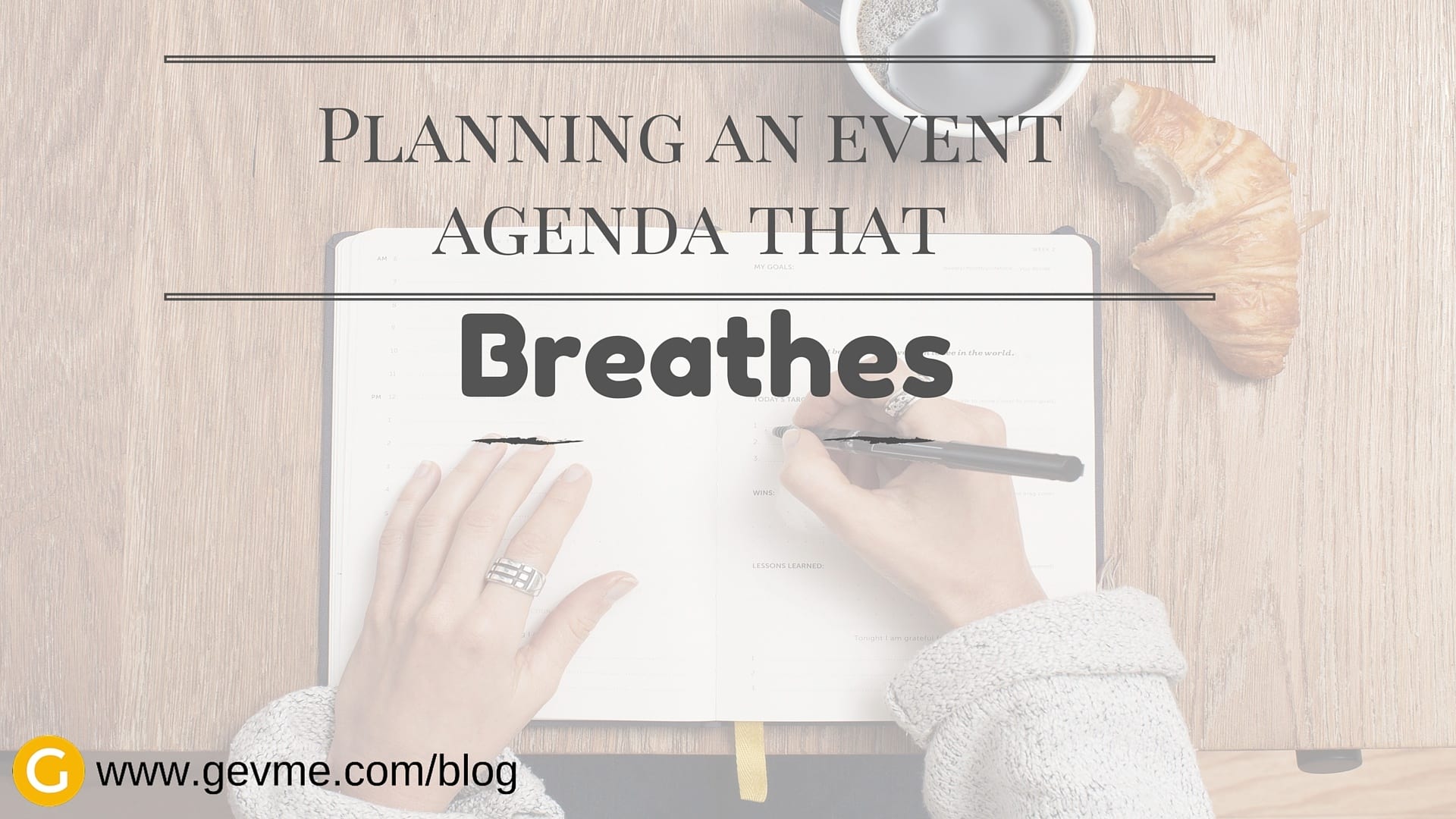Planning an event agenda, does that sound like a breeze to you? In the blink of an eye, you can pull a template from your database or get many similar ones from the Internet. However, writing an agenda for an event is actually more challenging than it seems. It must be brief but comprehensive, succinct but appealing. If your attendees don’t feel like reading a boring or confusing agenda, they will be less aware of what is happening during the event, and as a result will be less engaged.
If you plan to put an agenda on your event landing page, it will be one of the deciding factors whether people will buy tickets to your event. So the agenda must be able speak to the guests on your behalf. It must tell them the core values of your event and persuade them to purchase tickets.
After all, an event agenda must be alive. That means it should become real. In other words, things go according to plan! That is easier said than done, at least for most of the meetings and many events that I have attended.
So, do you want to know how to plan an event agenda that breathes? Read on.
#1 Include an objective of the event
Think of the objective statement as the goal of the event. This is not for you and your team internally but for your attendees. State clearly and concisely what the focus of the event will be. It will help the attendees to be more well-prepared before they come to the event, and set their minds in the right direction before the event begins.
#2 How do you arrange activities?
You might have well-known speakers and super interesting topics to ignite discussions but what really matters is the smart arrangement of activities. Firstly, put yourself in the attendees’ shoes and think about what they want to achieve as well as what is the best way to present information to them. Then, rank your topics in order of importance based on the event objective. Still, keep the attendees in mind. Depending on whether it’ll be a meeting or a conference, you will have different ways to arrange your activities. For example, in a corporate meetings, the most important matters will usually be discussed first and phrased as questions. However, in a conference, the most important speaker might be the last person to come on stage to keep people stay until the end.
#3 How detailed should the activity description be?
If you adopt a digital approach, the length of an activity description can be very flexible as long as it is not boring or distracting the readers from reading the rest of the agenda. Images, sideshows and even short videos could be included in a digital description. However, if you are aiming for a standard printable agenda, be more conservative with a short description, which is often limited to two to three lines of text. The reason is simple. Not so many people like to read a book just to know what is going on at an event that they are attending.
#4 Allot a realistic amount of time for each activity
This is so paramount as it can make or break your event. An overrun activity will take its toll on all the subsequent ones. Check carefully with the speakers and do a few rehearsals if you are organizing a big event to make sure that the time allotment is realistic. Allow buffer time for minor accidents, unexpectedly prolonged Q&A or discussion sessions.
#5 Does the agenda serve as an information counter for your event?
Date, location and time of the event and every activity must never be missed out in the agenda. Better yet, if your attendees require further assistance, they should know where to look for help just by scrutinizing the event agenda.
#6 What will be the last activity?
This should be a sub-point of #2 but due to its importance, I would like to make it an individual point. People will stay until the last minute of an event only when they don’t want to miss something important. How will you deliver a sense of importance for the last activity in its title and description?
#7 Show the big picture
Can a person tell the unique value proposition of your event just by looking at the agenda? If the answer is no, edit the agenda until when it becomes a resounding yes. That is the secret that makes people come for your event and leave remembering the best parts of it.
What do you think?
We hope that you find planning a “speaking” and “breathing” agenda much easier now. If you have better ideas or any questions, let us know in the comments. We will be releasing detailed guides on how to write an agenda for different types of events. Subscribe to our blog and stay tuned for more useful tips and guides!








